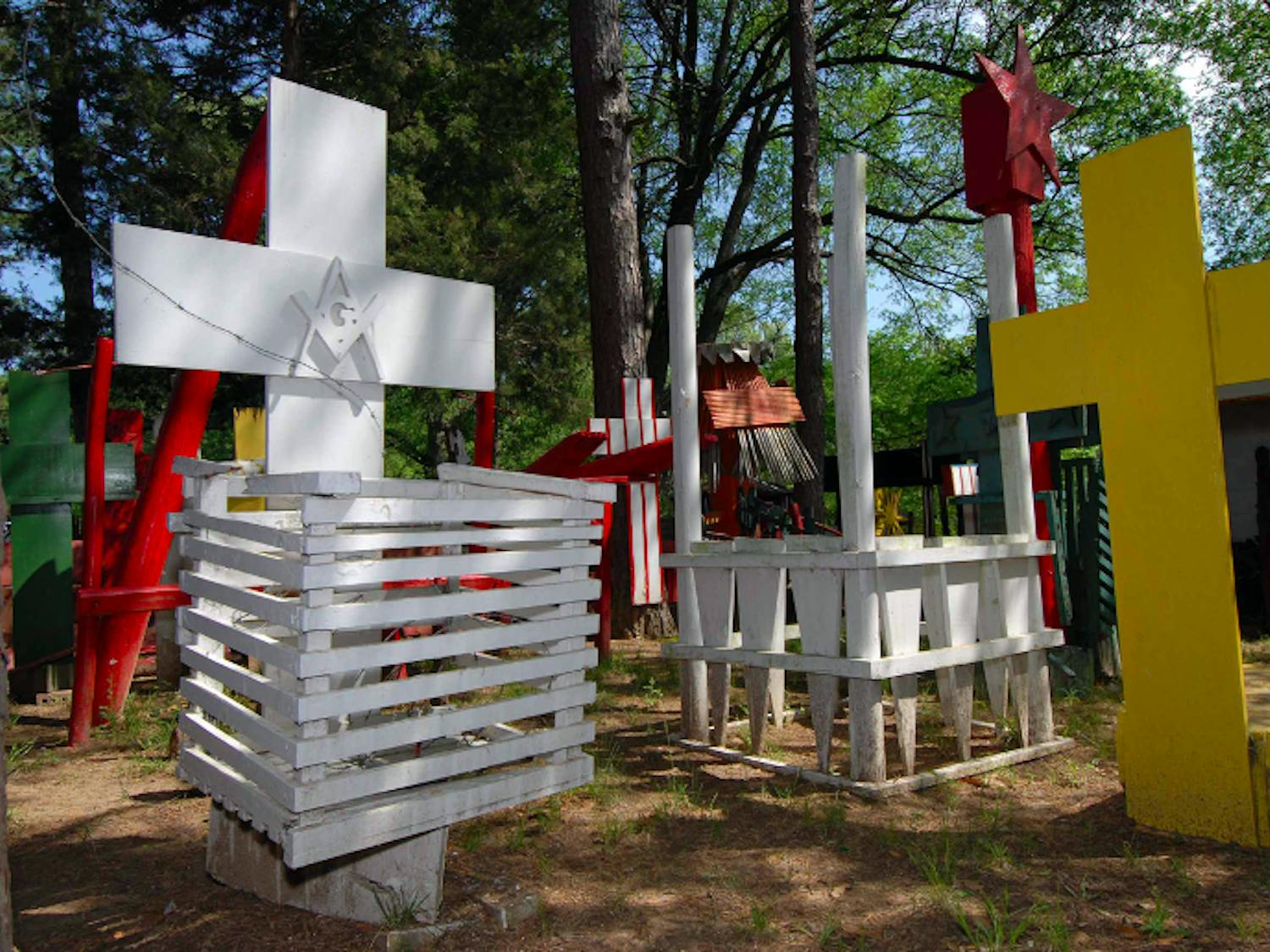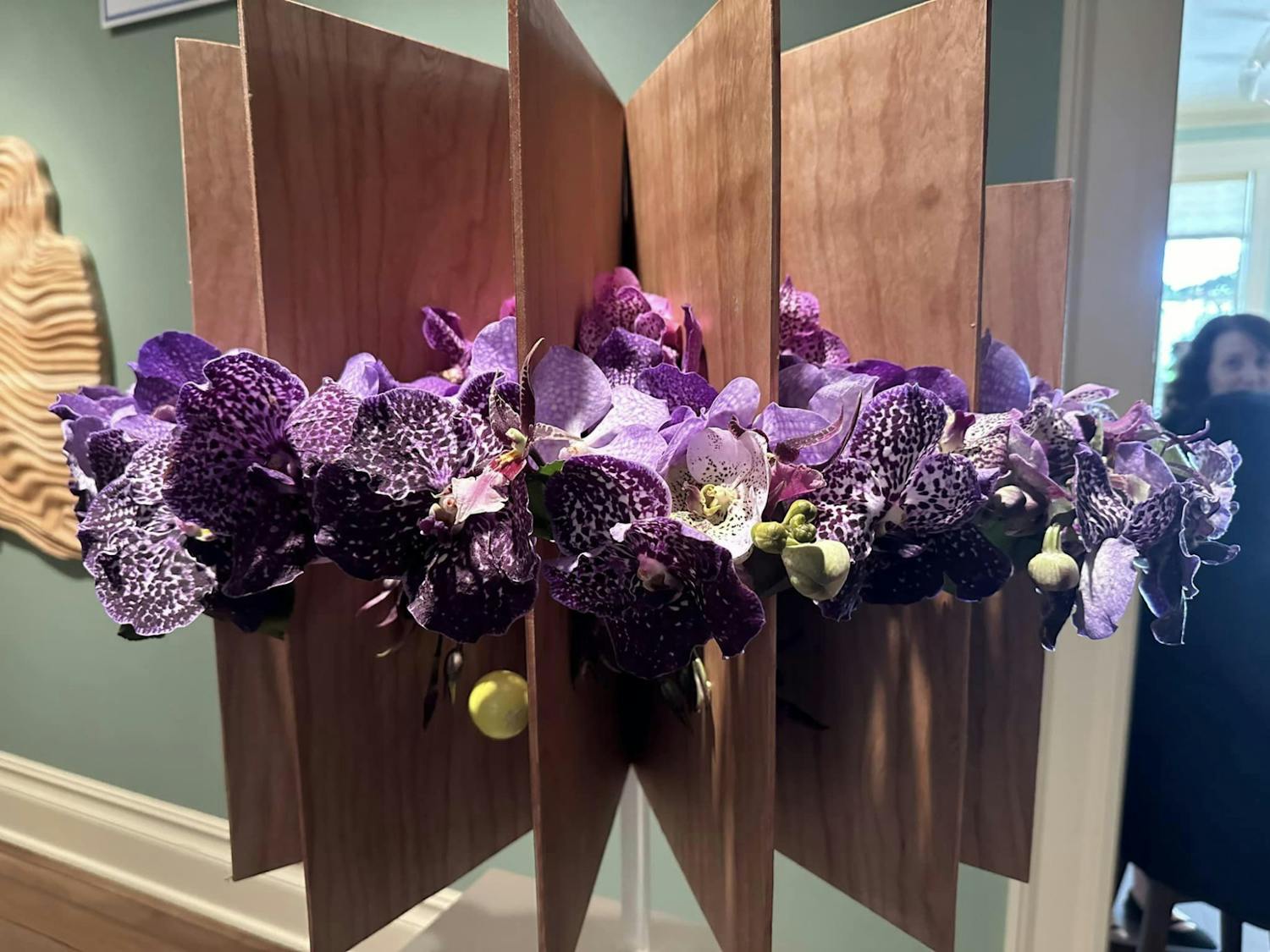Although the University of Memphis prides itself on its green nature while taking steps to ensure the sustainable development of its urban landscape, there appears to be a few areas the university needs vast improvements on.
With cracks left in the simple foundations of the university’s green efforts, students are often finding themselves responsible for picking up the pieces of the university’s shortcomings. A lack of resources and sustainable opportunities are creating a challenge for students to keep their carbon footprint low.
“Sustainability is of a high importance to me. It’s important we take care, so the future generations have healthy air,” said John Gutierrez, a 19-year-old health science major. “I think the university could bring in more recycling programs to help encourage people to take care of the environment.”
Plastic and food waste, disposable cutlery and recycling facilities are important factors that can detriment the sustainability of the university. These areas are important parts of the five sustainability goals set out by the university, which includes building a campus culture of sustainability and stewardship of the built environment.
Making students aware of the facilities on campus is an important part of improving the carbon footprint for the university. According to a campus green resource map on the university website, recycle bins are mapped at each dormitory location. Although four are mapped in total at carpenter complex, only two bins were found across the complex. With only 95-gallon capacities for hundreds of student’s waste, they never appear to be full for one reason: a lack of awareness and education leaving students unaware of the facilities provided by the UofM.
“I live in the LLC, there’s no trash bin in the LLC, and I don’t think there’s recycling there, there’s no signs, so I don’t think so,” said Ali McConnell, an 18-year-old Education major.
McConnell said she wants more direction to help students like herself become more environmentally friendly while living on campus.
Walking through the food court of the University center, one can quickly notice there are no available recycle bins for food or packaging waste. This pattern is replicated within the Starbucks area and the Subway food areas.
With plastic bags used by most food vendors and no access to reusable cutlery, mechanical engineering junior Endiyah Franklin can’t help but get frustrated by the amount of unnecessary waste created.
“I see a few people running around campus with all this trash which doesn’t go in a recycle bin, so they put it in a normal can instead, it’s so painful,” Franklin said.
Looking toward the future, the university is taking steps to continue its efforts in taking sustainability seriously. Milton Medlock, a senior director of Maintenance and Utilities Management at the UofM, explained their upcoming plans.
“We are finishing up a campus-wide outdoor lighting project,” Medlock said. “We installed 1500 new light fixtures with an annual CO2 reduction of 172 tons.”
Alongside these initiatives, the TIGUrS Urban sustainability garden, tiger blue goes green awareness days on campus, and new campus vehicles boasting renewable sources all help contribute to the university’s green efforts, and to reduce their overall global impact.
There are still small actions that could be taken by the university to greatly help benefit the environment and lessen the impact this campus has on global warming. Adding recycle bins in prominent places, more education initiatives around green culture, more air dryers in toilets to reduce paper waste, and introducing the use of reusable cutlery and coffee mugs could create positive drastic changes.



